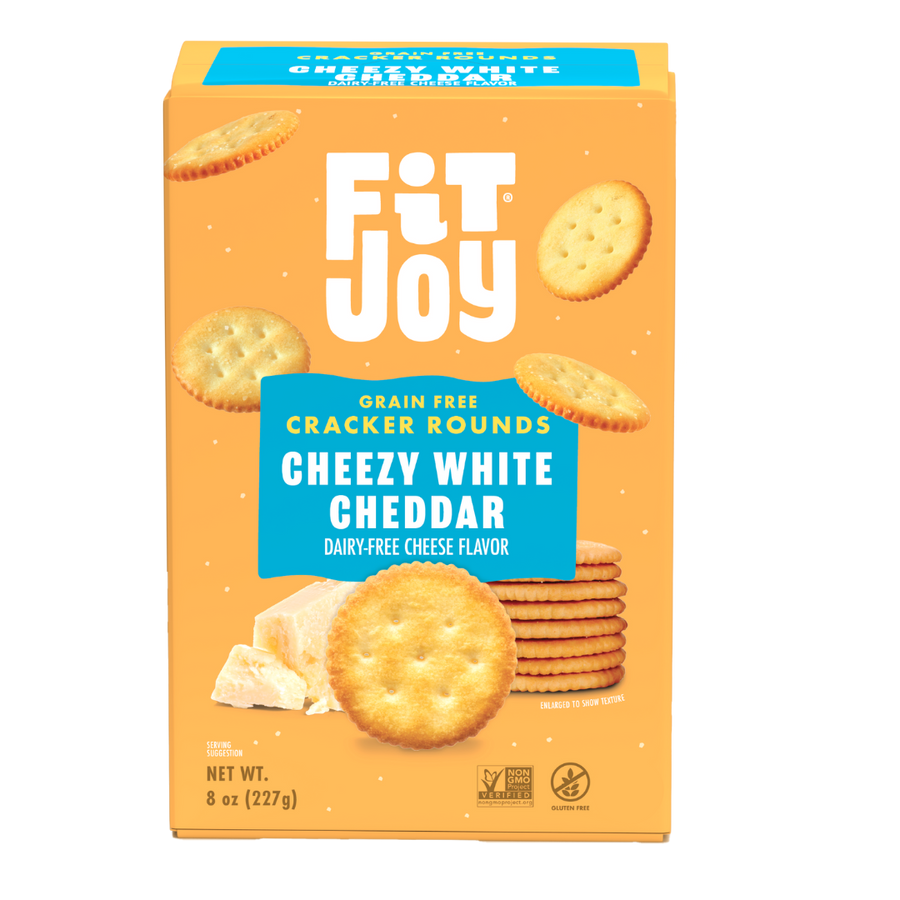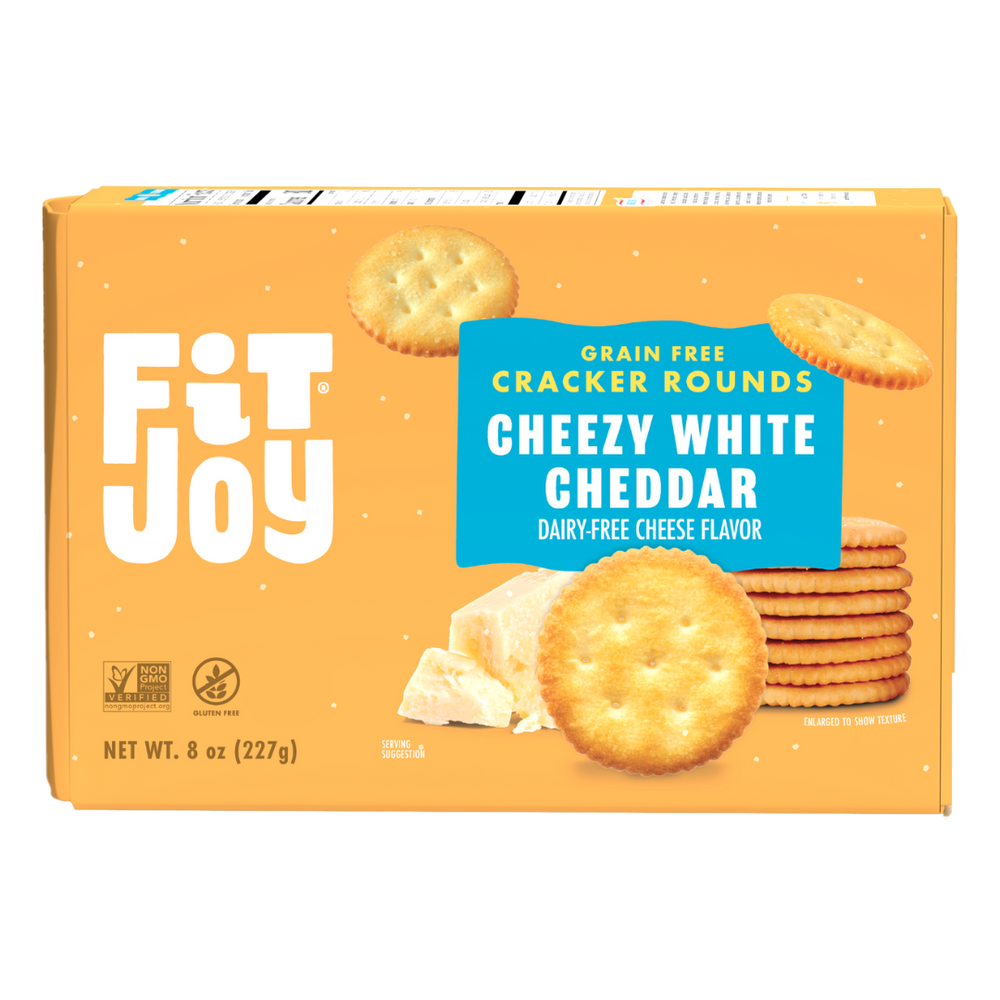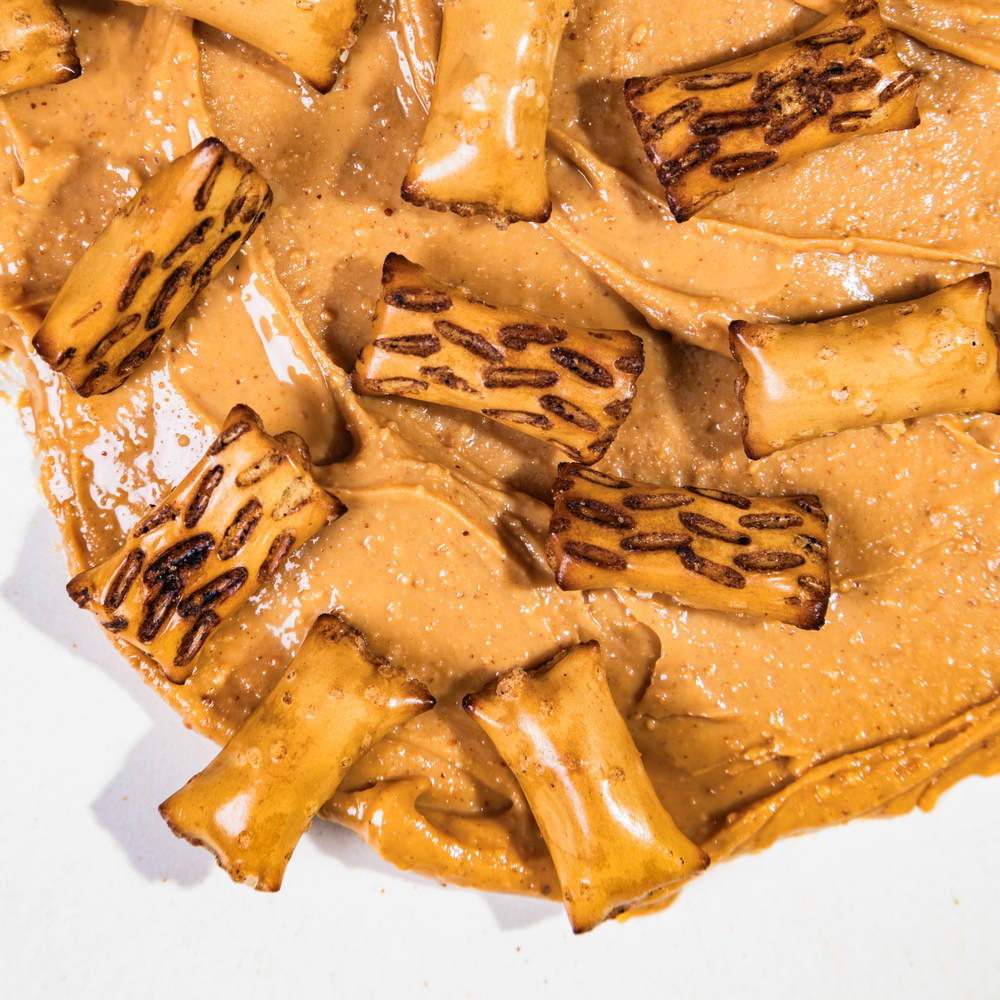Gluten: What is it and what happens to your body when you go gluten-free?
Remember circa 2010 when you started to see gluten-free products everywhere? So do we.
That was when manufacturers realized there was a huge portion of the population who wanted or needed gluten-free options and responded with a range of products.
This led to a sort of craze, and for several years, a gluten-free diet was touted as THE way to lose weight. Soon you had Gwyneth Paltrow endorsing the gluten-free lifestyle. The gluten-free industry shot up to $10.5 billion. Everyone was going gluten-free!
Then you had the gluten-free skeptics—those who said the whole trend was bogus, that there was no such thing as gluten sensitivity and that it couldn’t really help you lose weight at all.
Fast forward to today. There are way more options for gluten-free people. GF folks don't have just one cracker option to choose from—they often have half an aisle. There are gluten-free beers, gluten-free flours, and gluten-free bakeries.
While gluten-free as the hot “IT” diet has been eclipsed by trends like keto or raw foods, more and more people are starting to realize that their stomach woes could be related to gluten. It’s now generally agreed that gluten sensitivity is totally valid, that celiac disease is DEFINITELY a real thing, and that lots of nonsensitive people can also benefit from going gluten-free or gluten-reduced.
What does it mean for a food to be gluten-free?

First off, what is gluten? It’s a network of proteins found in foods such as wheat, rye, and barley, and it acts as a sort of glue (think, gluten = gluey) in foods to help them hold their shape. It’s what gives bread that holey, airy, elastic quality, and what makes noodles and oatmeal so perfectly slimy and chewy. Gluten is also found in other foods, from marshmallows to sauces (it’s often in ingredients used to thicken soy sauces, gravies, and roux).
Basically, for a food to be gluten-free, it must be a food that wouldn’t contain gluten in the first place, a food that's been stripped of its gluten, or a food that uses swaps for ingredients that commonly contain gluten.
How do you know if you need to be gluten-free?
About 1% of the population actually needs to be completely gluten-free. According to the Celiac Disease Foundation, there are currently two and a half million Americans who are undiagnosed. This puts them at risk for long-term health complications (1).
Another 6% of the population is considered gluten sensitive and needs a dramatic reduction in their consumption of gluten. Non-celiacs with gluten sensitivity may experience gut inflammation that puts them at increased risk for dementia and other conditions (2).
There are online tests you can take, like this one, to see if you might be a good candidate for going gluten-free.
Of course, talk to your doctor, but another good way to tell is to just stop eating gluten for a few weeks and see if any of the symptoms you’ve been experiencing go away.
Even if gluten doesn't pose a medical threat to you, you could still benefit from a gluten-free or gluten-reduced diet.
What happens to your body when you go gluten-free?

The main thing that you will probably notice when you go gluten-free is any changes in stomach issues. If your stomach problems were caused by a gluten sensitivity or celiacs, your stomach will feel SO much better.
And even if you aren’t gluten-sensitive, many gluten-free foods are very low in FODMAPs, or a group of carbohydrates likely to trigger an upset stomach, so eating a gluten-free diet could still have a positive effect on the way your stomach feels.
You might experience more energy and a higher level of focus. Many have reported a “brain fog” that comes with eating gluten. (3)
You might also notice less joint pain. Gluten contamination in people with celiac disease or a gluten intolerance causes an inflammatory response that can manifest as joint pain. Experts say that ditching gluten can ease symptoms in those with arthritis. (4) (5) Similarly, gluten can cause inflammation in the skin. Insensitivity to gluten has been linked to eczema, psoriasis, dry skin, acne, etc. (6) If you give up gluten, it's possible you'll notice clearer skin as a result.
Going gluten-free does not necessarily mean that you will lose weight, although many people do! Because you’re likely eating fewer empty calories and simple starches, from, say, pastas, cupcakes, or white bread, and because you might be eating more vegetables and fruits as a result, and avoiding sauces that are also high in sugar, it is entirely possible that you will feel leaner and shed pounds.
On the other hand, if you don’t snack wisely, going gluten-free could mean weight gain, if you experience feelings of deprivation and cravings, start obsessing over food, or believe that you can eat limitless amounts of carbs, sugar, and fats because you’re giving up gluten.
In order to prevent this happening, snack on foods that are low in sugar and high in protein—this will curb your appetite, and keep you feeling fuller for longer. Look for foods that won’t spike your blood sugar, and avoid sugary foods that will just make you crave sugar and carbs more and more.

Remember that gluten is a group of proteins, so if you cut gluten out of your diet, your body might need to make up the protein from a different source. Same with fiber—many foods that contain gluten are high in fiber, like bread. It will be important for you to incorporate foods that contain protein and fiber into your diet.
Our FitJoy bars are a great option. Why? They contain 20 grams of protein and 10-16 grams of dietary fiber. You’re getting protein, essential amino acids, and fiber all in one gluten-free bar.*
Any time you change your diet significantly or cut a certain type of food or food group out of your diet, it’s a good idea to make sure you’re taking a multivitamin (so you’re still getting the vitamins and minerals your body needs), and to make sure you receive all of your macronutrients by following a balanced diet.
Sources:
All nutritional claims have been reviewed by FitJoy's food science expert.
*Those with celiac disease can feel confident about eating FitJoy bars, In fact, the founder of FitJoy had celiac disease and wanted to make a protein bar that he could eat himself.
FitJoy bars are gluten-free, meaning they are not made with any ingredients directly containing gluten. While our bars are produced with equipment that processes wheat, the production lines go through an extensive cleaning and are tested for the absence of gluten before our bars are produced on that line.
Our production facility also has industry-leading programs in place to ensure that there's no cross-contamination. Every lot of our bars is tested to make certain that each bar contains less than 10ppm gluten. And we do all of this with the assistance of the Gluten Intolerance Group (GIG), the organization behind the GF symbol on our packaging!







Leave a comment